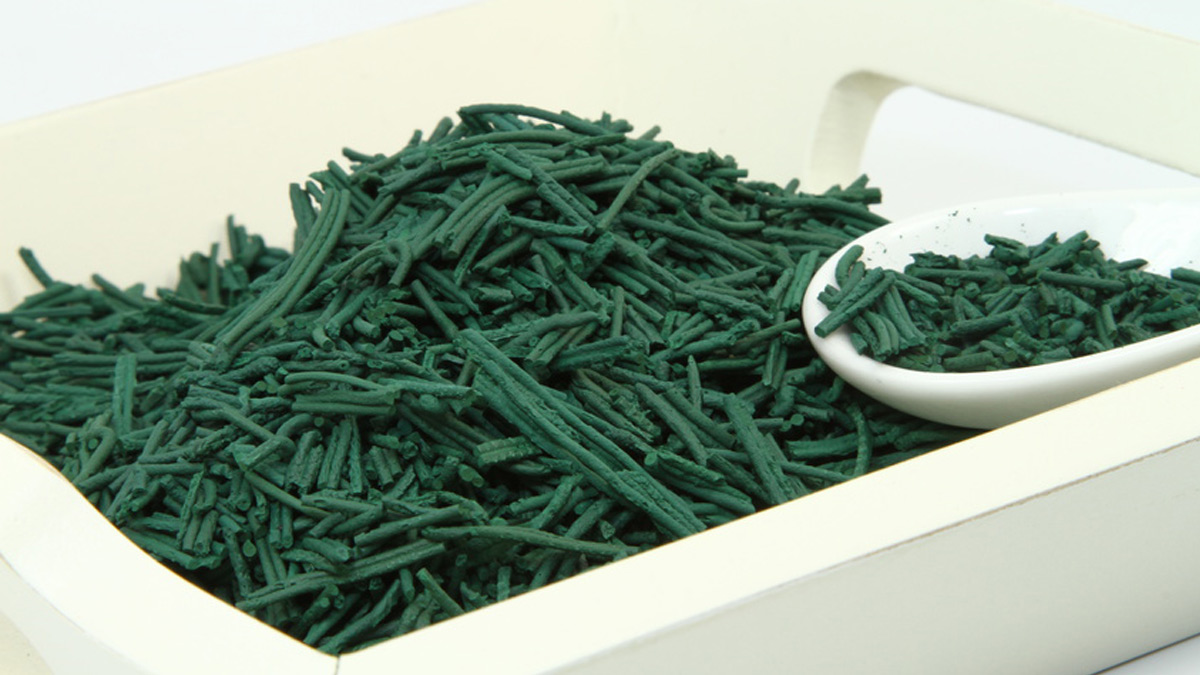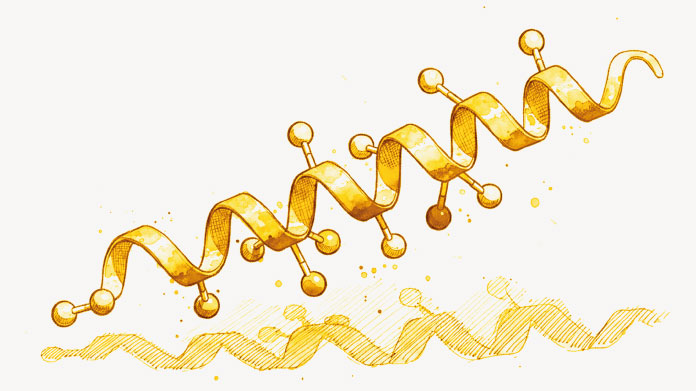Everything You Need to Know About Spirulina!
One of the latest food trend among top chefs, a potential meat substitute for vegetarians, a superfood with supposedly exceptional benefits - spirulina is grabbing more and more headlines across the globe.

What Is Spirulina?
Spirulina is a blue-green algae, or more specifically a filamentous cyanobacteria. Thousands of species of cyanobacteria exist but only a few are edible. They include Arthrospira platensis, the main species used and sold as 'spirulina'. The name comes from the spiral shape of the Arthrospira cyanobacteria.
Where Does This Blue Algae Come From?
The blue algae Arthrospira platensis, known as spirulina, naturally grows in warm water lakes. First discovered in the lakes of Mexico and Chad, it now seems to be cultivated in many countries across the world.
What Is Spirulina Made Of?
Seemingly traditionally used for many years in Mexico and Chad for its potential high nutrient content, spirulina appears to have an interesting nutritional composition: protein (from 50 to 70%), carbohydrates (from 15 to 25%), minerals (from 7 to 13%), lipids (from 4 to 7%), as well as fiber (from 2 to 8%).
According to the World Health Organization (WHO), this micro algae could be one of the most complete foods in the world, in addition to possibly one of the main nourishment sources for the future.
What are Potential Spirulina Benefits?
Like other algae such as Chlorella and Ecklonia Cava, spirulina is considered as a superfood.
It it distinctive for its potentially high vegetable protein content with apparently strong bioavailability in the body. It also appears to help provide 8 essential amino acids: methionine, tryptophan, threonine, lysine, phenylalanine, valine, leucine, and isoleucine.
Spirulina may also be a source of other molecules needed by the body to function normally, including certain minerals and vitamins. For instance, it could be known for its possibly high content in iron and beta-carotene, a vitamin A precursor.
Omega-6 fatty acids may also have been identified in spirulina's composition, as well as the two natural pigments responsible for spirulina's blue-green color: chlorophyll and phycocyanin.
Why Take Spirulina?
With its interesting nutritional composition, this micro-algae seems to offer multiple benefits. In providing proteins, amino acids, and essential minerals, it could help support already healthy function of the body as a whole.
Its beta-carotene content may also give it a potential antioxidant effect. Certain studies appear to suggest that spirulina could help support immune system function and maintain normal cholesterol and triglyceride levels.
How Should You Take Spirulina?
Once harvested, spirulina should be dried before being used. It is today marketed in several forms, including flakes, powder, or dietary supplements.
Keywords
13 Hours
Ordering was easy and the product was…
Ordering was easy and the product was delivered with no problems. Appreciated that I was notified when it would arrive. Thanks!
MascarC
5 Days
Great customer service - responsive …
I ordered from them and my item was unavailable for sometime. I was super happy when they reactivated my order and shipped my item which arrived very quickly. Great customer service.
Ruth Rueter
6 Days
Super fast shipping
Super fast shipping
Donald Borling
10 Days
Reputable companysearch and the number of…
The research and the number of selection of products.
NAKHJAVAN Shervin
23 Days
The Anti Aromatase is a great product
The Anti Aromatase is a great product. You just need to have constant inventory. Recently this product has been out of stock.
GEORGE Verne
24 Days
Great help on chat
Great help on chat. Knowledgeable and friendly.
Jason Argos
28 Days
Customer service was fast and friendly.
Customer service helped to stop the transaction process of the subscription. I appreciated that.
Greenie
28 Days
I order here due to the high quality of…
I order here due to the high quality of the products and the quick delivery of items - thank you
Barbara J
29 Days
SuperSmart's Eye Pressure supplements: highly recommended!
I purchase SuperSmart's Eye Pressure supplements regularly for over 5 years, and gotta say they are truly a wonderful product for my Glaucoma. Highly recommended if you have eye pain from your Glaucoma.
D. Martinez
34 Days
Quick service
Quick service
MONELL
35 Days
Speedy service.
Speedy service.
ROSENTHAL Marvin
38 Days
Clear website- Efficient
Clear website. Excellent search engine and fast delivery!
Mohamad Hussein
41 Days
They have great products.
They have great products.
Vickie
41 Days
Great Shipping Time!
You Have A Great Shipping Time! Praise The Lord!
DMHoge
43 Days
Doctor Recommended!
Good pricing, very good availability, doctor recommended (couldn't find what I needed anywhere else), and it took only a week to arrive (which I can't complain about).
Al





